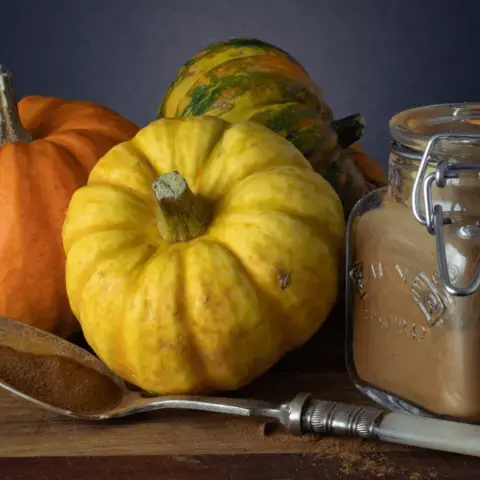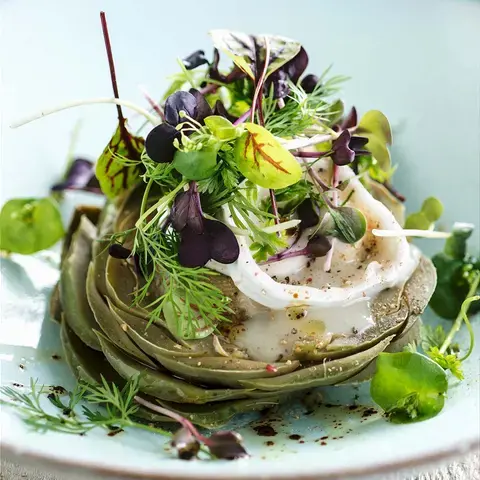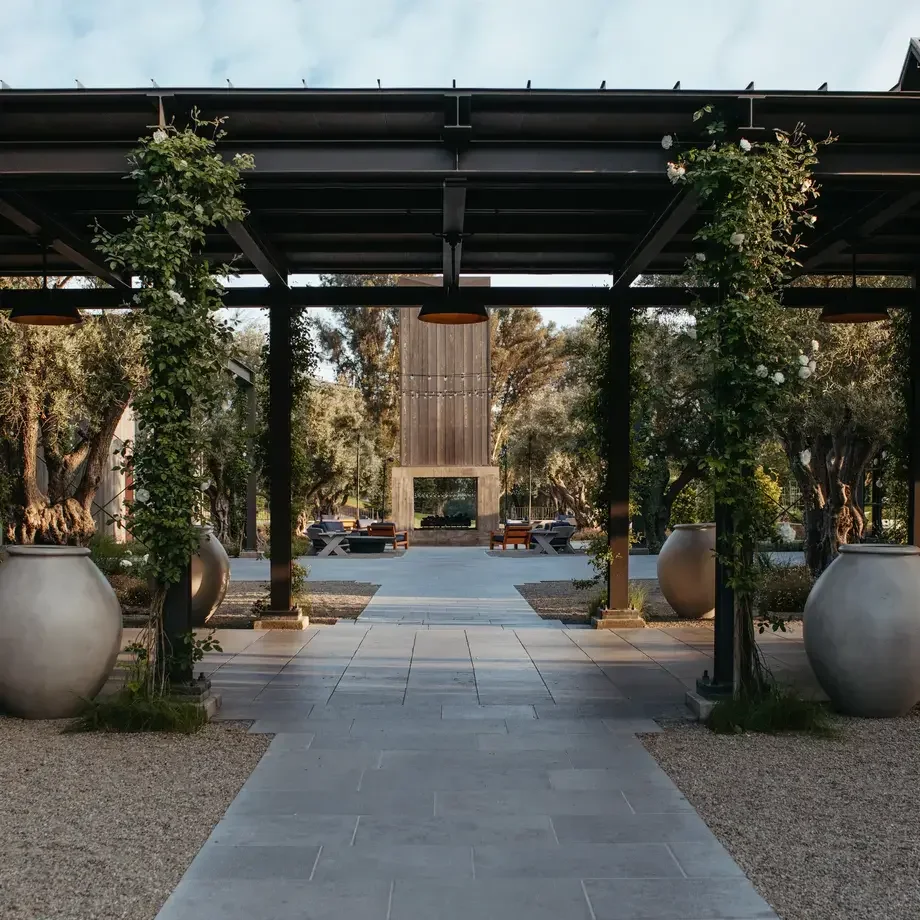Montalcino is not only a wine, but also a terroir. Situated in Tuscany, it lies at about forty kilometres south of Siena in a hilly area whose uncontaminated landscape is listed as a Unesco heritage site. Brunello di Montalcino DOCG ( (Denominazione di Origine Controllata e Garantita, the highest level of Italian wine appellations) is produced here, from nothing but 100% Sangiovese Grosso grapes. Each bottle is a minor miracle that may be successfully stored up to 30 years and more.
The History of Brunello di Montalcino
In the late 1800s, Ferruccio Biondi Santi, backed up by his maternal grandfather’s wine-growing experience, planted the first vineyard. Ever since then, Brunello has continued to seduce us and with its wealth of aromas, elegance and remarkable balance, becoming one of the most celebrated wines, one of the legends of the national wine-growing tradition and a symbol of the Made in Italy label worldwide.
The longer it ages, the more complexity it acquires, enhanced by fragrances reminiscent of oak wood, spices, leather and tobacco leaves. They can recall sage, eucalyptus, black pepper, vanilla, liquorice, coffee and dark chocolate. Without forgetting the appeal of floral scents such as violet, geranium, rose and fruity notes such as ripe cherry and forest fruits. With a bit of practice, you will also be able to discern some more unusual nuances, such as ink and paint, flint stone and sealing wax.
Brunello di Montalcino should be served at a room temperature of approximately 18°, in glasses with a full round bowl. Purists believe that its qualities also make it equally enjoyable as a meditation wine or for sipping while conversing with friends.
















